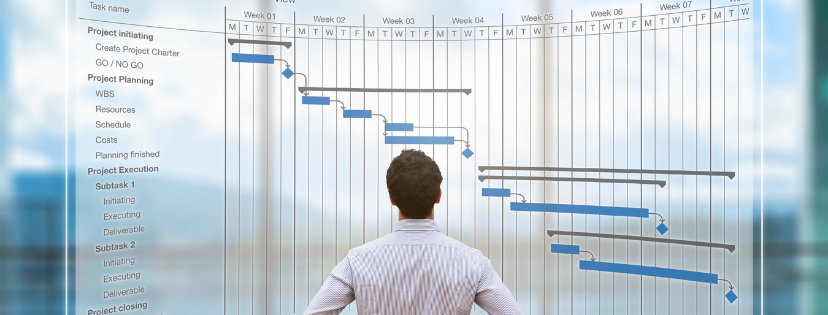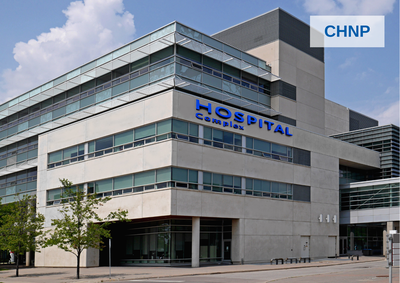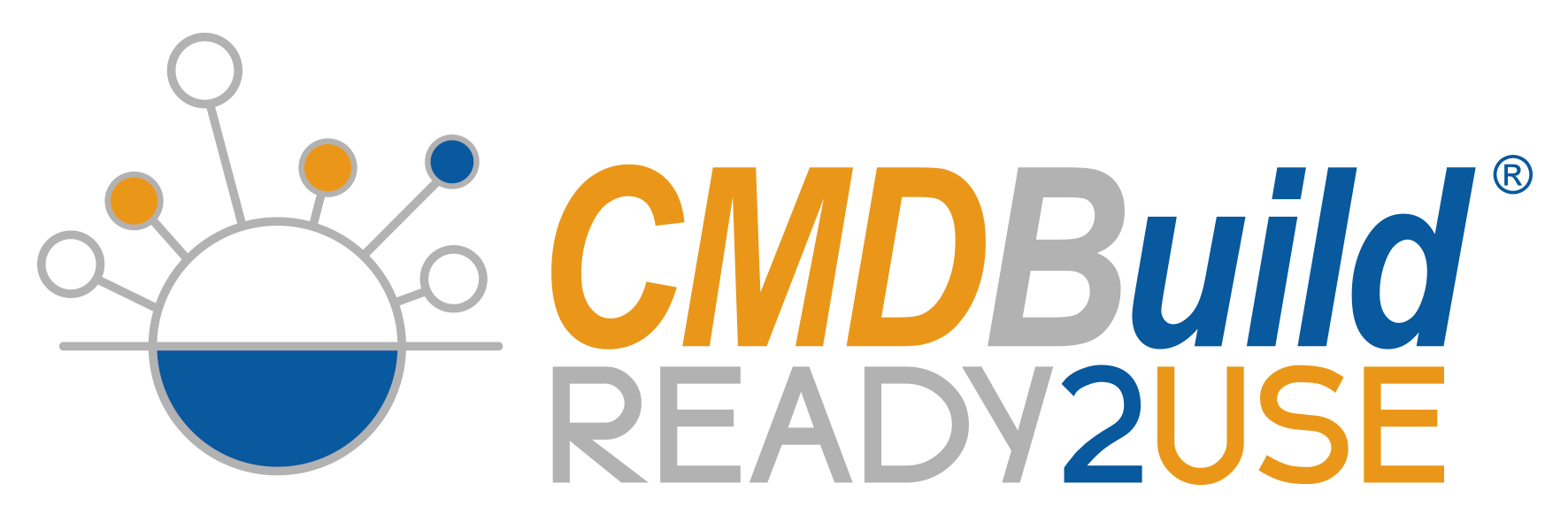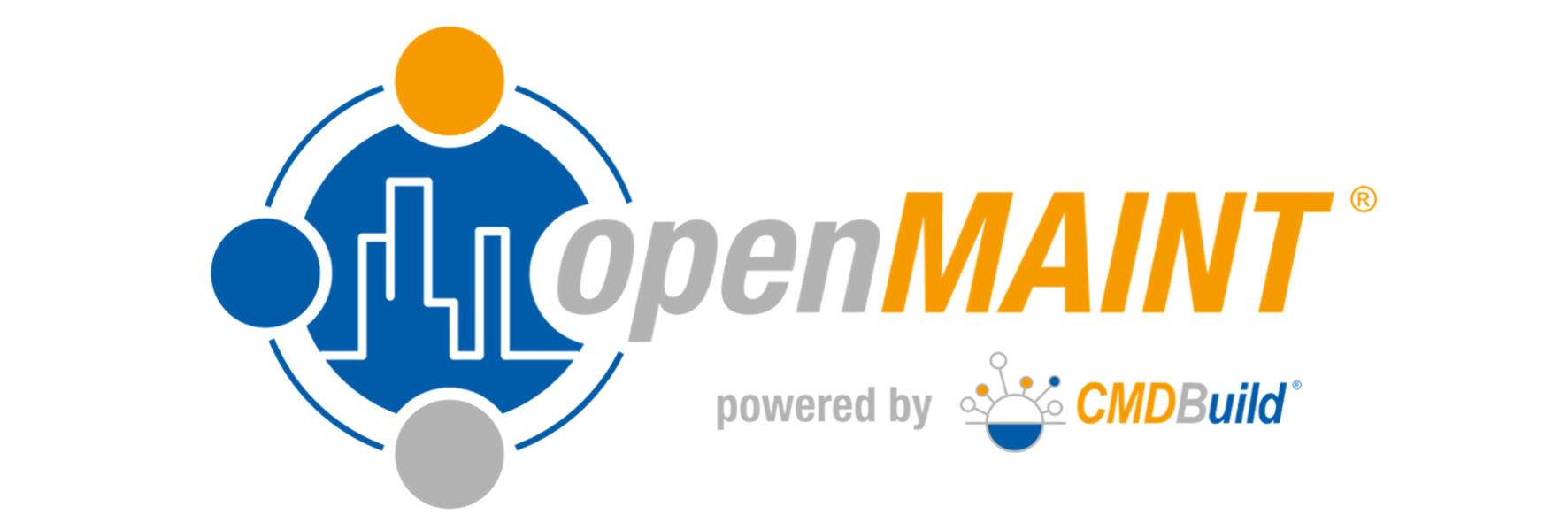- CMDBuild 3.3.2 released
- The 2021 roadmap of the CMDBuild Project
- New types of attributes in CMDBuild 3.4
- openMAINT Reference & Case Study: CHNP - Center Hospitalier Neuro-Psychiatrique (Luxembourg)
- Cycle of webinars on CMDBuild READY2USE and openMAINT
CMDBuild 3.3.2 released

The 2021 roadmap of the CMDBuild Project

We are currently working at the definition of the detailed contents of the next CMDBuild 3.4 version, which will be released at about the end of the year.
Some of the features that we plan to include in the next release concern extensions to the data model design and to the user interface:
- new types of attributes: link, file, formula, multivalued lookup, big integer (more details can be found in the next news);
- new options on pre-existing types of attributes: string with hidden characters (password), text with Markdown formatting;
- complete management (double attribute reference) of domains with 1: 1 cardinality;
- navigation from reference attributes (new icon to move to the connected card);
- possibility to configure "inline" widgets on the main class data card.
There are also some extensions to the GIS functionalities:
- management of permissions for geographic attributes in a similar way to textual attributes;
- better management of layers;
- display of information on the map (label and info windows);
- creation of data cards by operating on the map.
Perhaps the most demanding activity then concerns the reorganization, in a dedicated external bus, of the functions of integration and information sharing with external systems (connectors, queues, notifications, etc.). We will update you in this regard once we have defined the guidelines with which we will design and implement this new component.
In the new CMDBuild 3.4 version there will also be some news regarding the software prerequisites:
- support of PostgreSQL database from version 10.x (12.x suggested);
- discontinuation of support for the Enhydra Shark (TWS) workflow engine;
- discontinuation of support for Internet Explorer browser.
With releases planned at around the end of the year, or shortly after, we will also work on:
- the Mobile APP, which, in addition to being obviously aligned with the above innovations, will be extended with GIS functionality and with the possibility of operating in off-line mode;
- the GUI Framework, which will benefit from a complete refactoring and integration of the REST v3 webservice, including the support of the new UI functions and updating of the portals to Liferay 7, with adaptation of the themes with which the CMDBuild READY2USE and openMAINT Self-Service Portals have been implemented.
New types of attributes in CMDBuild 3.4
In the next CMDBuild 3.4 version we will introduce new types of attributes, which can be used in the design of the data model.
The types of attributes available so far include boolean, char, date, decimal, double, foreign key, integer, IP address, lookup, reference, string, text, time and timestamp, as described in the CMDBuild 3.3 Administrator Manual, paragraph 7.2.2.
The new types of attributes will be:
- link: it will consist of a “label” element and a “URL” element, and will allow to address a resource directly through a field in the data card and taking advantage of all the other options already available (mandatory, read-only, etc.);
- file: it will be possible to manage an attached file, always associated with a DMS category and always stored in the DMS system, also through a specific field in the data card, allowing you to manage individual presence, mandatory nature, etc.;
- formula: in this case it will be a fictitious field, not stored in the database but dynamically recalculated through an SQL function (useful for internal CMDB processing) or a Groovy script (useful for interacting with external systems via webservice);
- multi-selection lookup: it will allow you to make multiple selections (instead of a single value as now) on a lookup list, limited to the case of a single-level lookup;
- biginteger: similar to the integer type but with extended capacity as per the specifications of the PostgreSQL database (8 bytes instead of 4 bytes).
The following new options on pre-existing attribute types will then be managed:
- Password option on string type attribute: the characters are shown obfuscated with asterisks, except for the possibility of viewing them in plain text using a special icon;
- Markdown option on text type attributes: for text type fields it will be possible to choose Markdown formatting (markup language) as an alternative to the HTML formatting already available.
openMAINT Reference & Case Study: CHNP - Center Hospitalier Neuro-Psychiatrique (Luxembourg)
 The Neuro-Psychiatric Hospital Center is located in Luxembourg and its mission is to offer the best possible health care and environment supervision to the people entrusted to the institution.
The Neuro-Psychiatric Hospital Center is located in Luxembourg and its mission is to offer the best possible health care and environment supervision to the people entrusted to the institution.
CHNP is structured into 3 entities, each specifically dedicated to a type of population:
- “Rehaklink”, for patients with psychiatric and psychologic diseases;
- “Pontalize”, for care and support activities for the elderly;
- “De Park”, for care and socio-educational support activities for people with mental disabilities.
Some figures about CHNP: there are more than 450 beds and more than 700 employees. There are more than 15 complexes, over 8 locations, in total more than 50 building with more than 3800 rooms (included technical).
We have started using openMAINT at the beginning of year 2018, and the following have been our main criteria in the selection of the software:
- Ability to manage the solution by multiple actors;
- Ability to manage corrective and preventive maintenance workflows;
- Ability to import easily information from BIM projects (using IFC files);
- Ability to synchronize information with other systems (DB, counters, tools);
- Ability to manage contracts;
- Presence of a Self-Service Portal for providing access to end-users;
- Possibility to manage the project implementation with a minimum of external assistance and custom development.
Here below there are some figures about our project with openMAINT nowadays:
- More than 90 openMAINT (technical) Users.
- Portal used by about 700 employees:
- For maintenance request (more than 400/month);
- Undesirable event declaration (risk management);
- Rooms labelling.
- Software fully used for:
- Contract management;
- IT management;
- Risk management.
At the moment CHNP is engaged in an important building renewal and a new construction process, and we are very happy to have the openMAINT solution to assist us in this change management.
I would like to thank very much the Tecnoteca Technical Support Team, and especially Anna as Project Manager, for the high-level support and patience.
Marc Wilmart (IT Manager)
Cycle of webinars on CMDBuild READY2USE and openMAINT
 The “in-depth webinar cycle” on the two applications CMDBuild READY2USE, dedicated to the management of IT Assets and Services, and openMAINT, dedicated to the Facility Management and related Maintenance Activities, continues.
The “in-depth webinar cycle” on the two applications CMDBuild READY2USE, dedicated to the management of IT Assets and Services, and openMAINT, dedicated to the Facility Management and related Maintenance Activities, continues.
The webinars are presented by the project leaders of the two applications and their collaborators.
The next appointments will be the following:
- 17th June 2021: CMDBuild READY2USE - Service Desk
- 15th July 2021: openMAINT - Corrective maintenance
Here below you can find the video recordings of the first two webinars:
- 18th March 2021: CMDBuild READY2USE - introducing the application and exploring the Configuration Management Module – video
- 15th April 2021: openMAINT - introducing the application and exploring the Space & Asset Inventory Module – video
Participation is free, upon registration.
The webinars will be held in English language.


